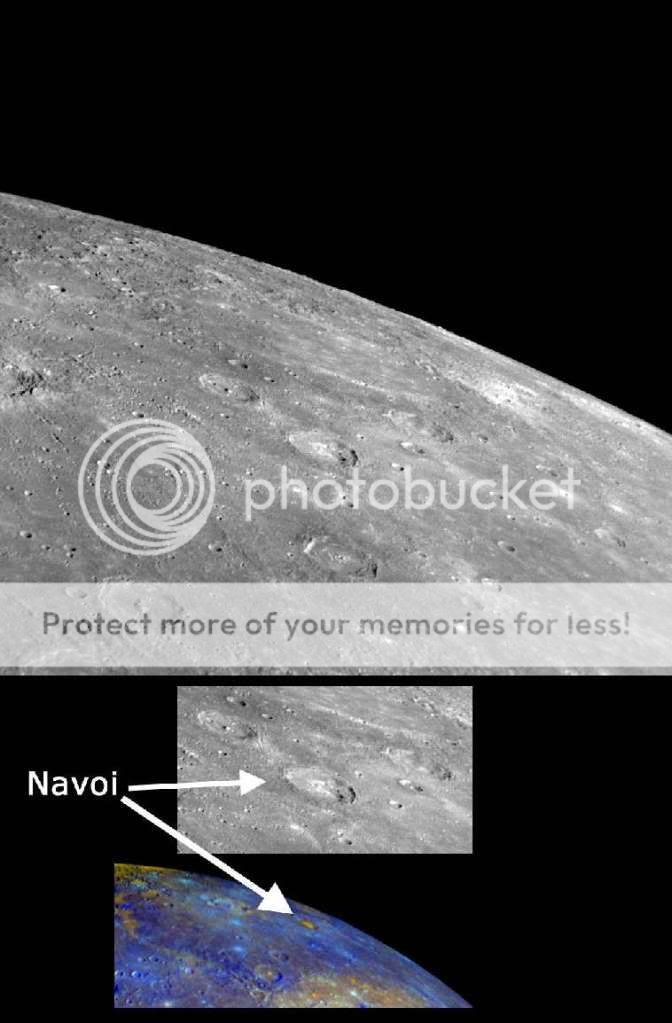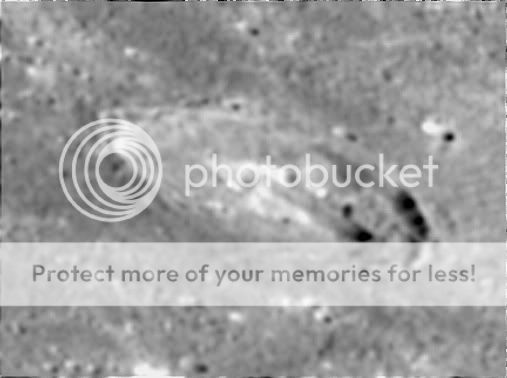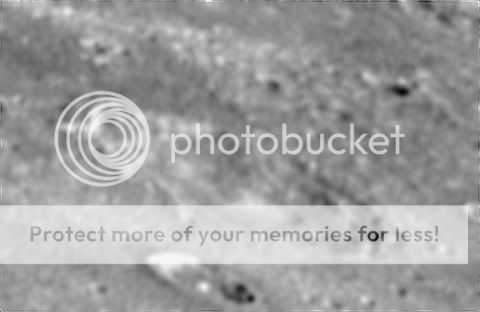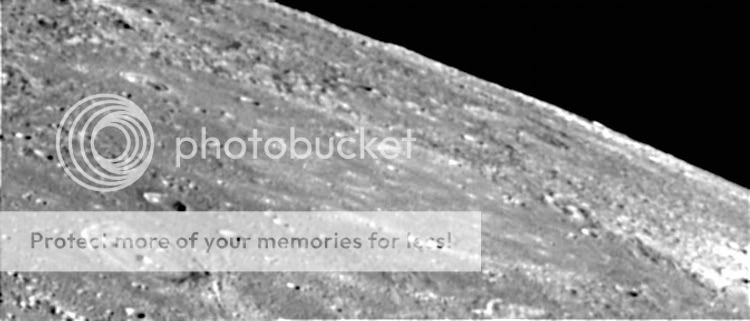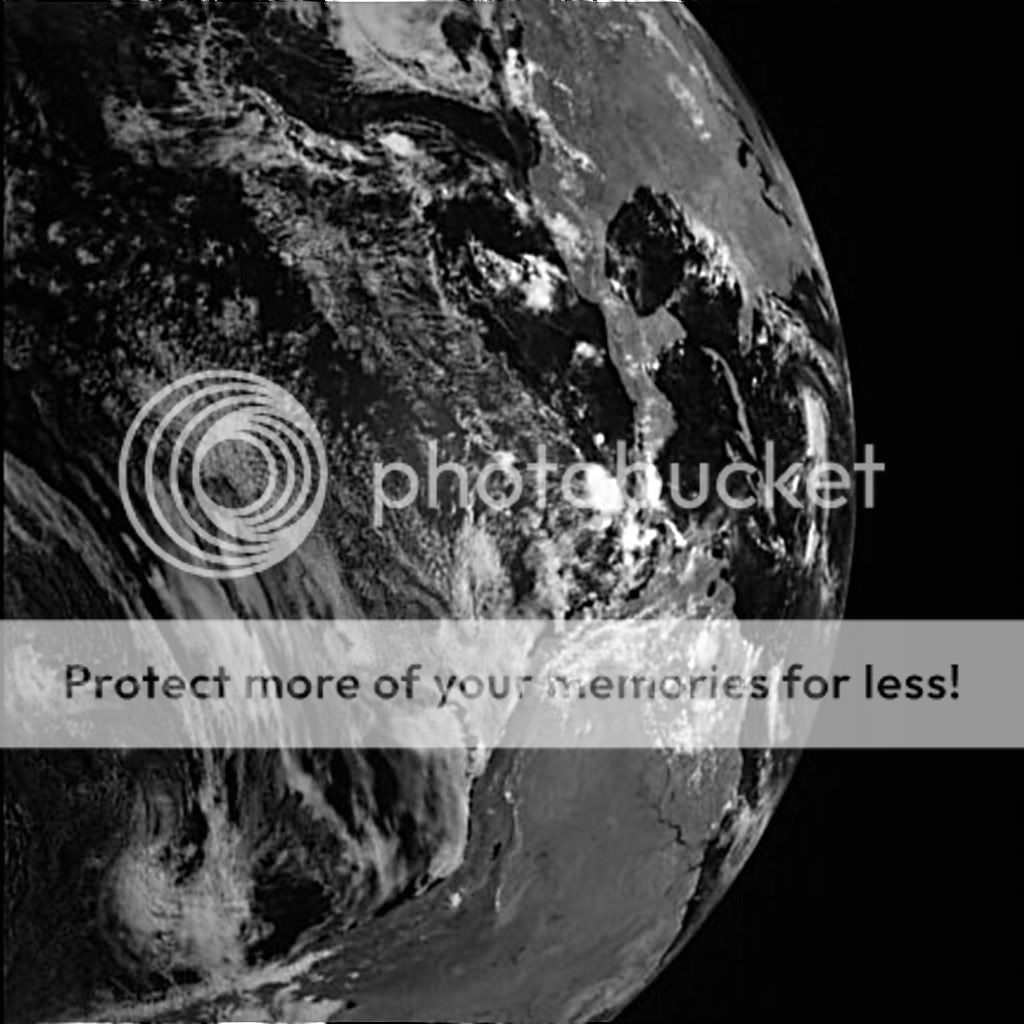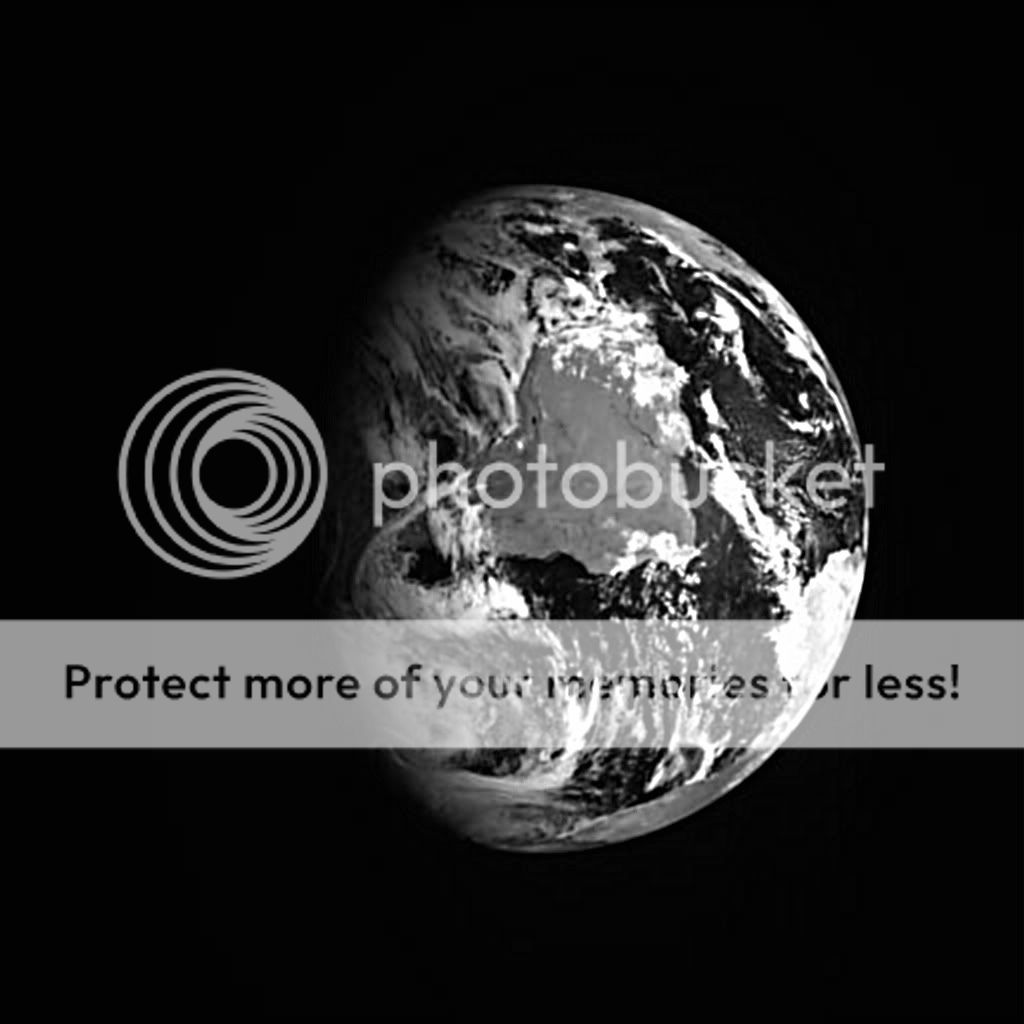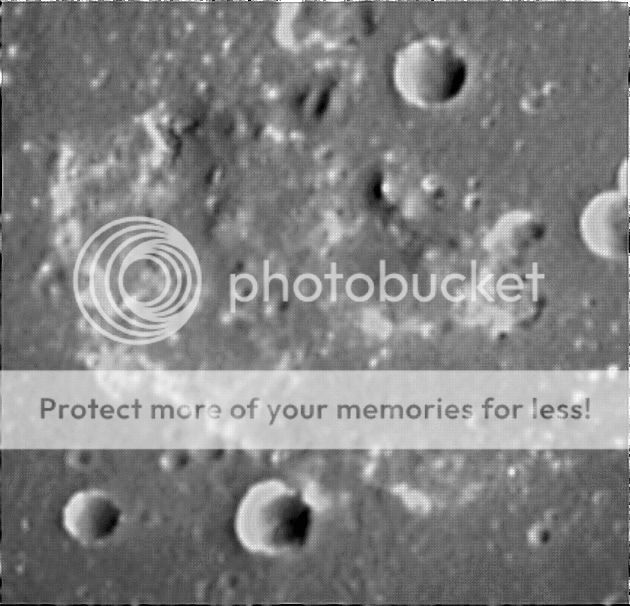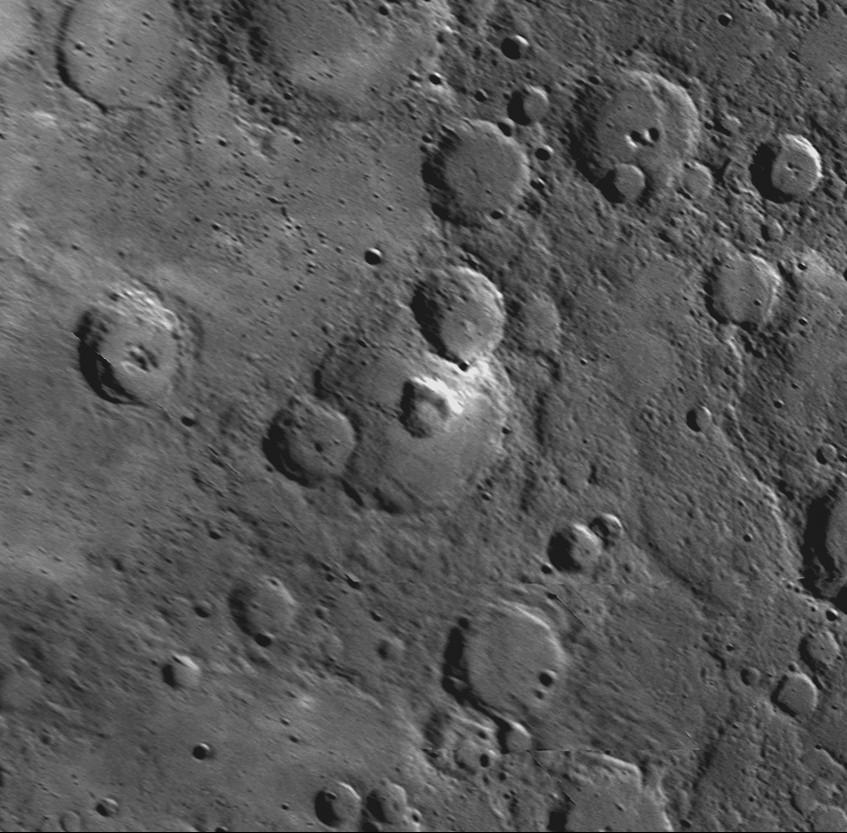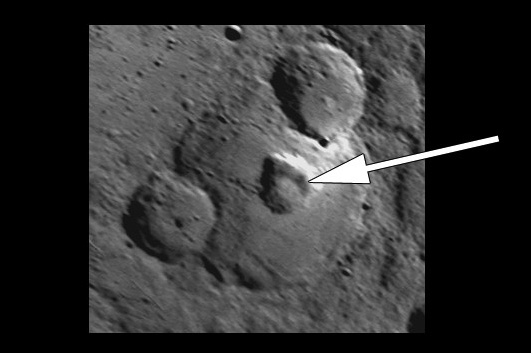jlaw6402":3m6ig4rx said:
very nice pictures, thank you for everyone's contributions. truly mesmerizing.
A very big welcome to SDC jlaw6402.
Thank you for your appreciative post.
IMO (In My Opinion) Mercury has been a dark horse in the Solar System, neglected for for too long post Mariner 10, when only 45% of the planet had been imaged.
I have been the chief MESSENGER for MESSENGER (crap pun I know), updating the weekly updates on here, but I'm not the only one mind you & I have been sharing ideas with the MESSENGER team at an interested outsider for some time now.
The notion of Mercury being a boring cratered ball of rock has gone forever now.
Mercury is turning out to be far more evolved then first thought, the 45% Mariner 10 imaged appears to be the side of Mercury that is more primitive, raising speculation that Mercury at one time was Sun synchronous (kept the same side turned towards the Sun), but giant impacts, particularly the ones that formed Caloris, Tolstoj & Rembrandt spun Mercury up to the current 3:2 resonance (Mercury rotates three times for every two 88 day orbits around the Sun) with the Sun.
MESSENGER has since found that 30% of Mercury is less heavily cratered, but was on the night side when Mariner 10 carried out it's mission. This has lead to the speculation that Mercury was Sun synchronous, as the former leading hemisphere (the side Mariner 10 imaged) would have been hit more than the trailing side (the side MESSENGER has at last revealed). This is not proven fact, but with the new evidence to hand is becoming increasingly plausible.
Also gravity & magnetic field data from MESSENGER suggests that Mercury has a dual layered core, like the Earth & is only the third object thought of having one (Earth & the Jupiter moon Ganymede being the other two). This is something that even Venus & Mars lack.
MESSENGER has since found that about 30% of Mercury is less heavily cratered, but was on the night side when Mariner 10 carried out it's mission. At least one shield volcano has been found with other potential volcanoes being found. Whilst much of Mercury appears to look a lot like the Moon, a few places look more like Mars.
Also the confirmation of a giant iron core has been made from gravity data & MESSENGER may already have found at least one Mass Concetration within Mercury & the floor of the newly found Rembrandt Basin appears to be very rich in Iron, more so than Caloris & Tolstoj, very strange.
I will keep updating this thread with new information & sometimes I post my own musings (inane ramblings really) as well as enlargements, crops etc.
I think Mercury is a fascinating world, MESSENGER is a fantastic spacecraft, that so far has not had any problems & the highly science focussed September pass as well as the polar'ish' orbital mission commencing in March 2011 will really bring Mercury into the fold of highly explored worlds.
Hopefully, someone, either NASA, ESA or JAXA will eventually send a lander or rover or both to Mercury, equipped with multispectral PanCams, microscopic imagers, seismometers, field & particle detectors, etc. That will be the next step IMHO.
AFAIK, the ESA / JAXA BepiColombo will be next mission, two orbiters, (ESA's very low orbit with high resolution camera, multispectral imagers, magnetometer & gas chromatographs, JAXA's will concentrate on fields & particles in a much higher orbit, I think that is correct, as this is off the top of my head) though IMO, perhaps JAXA could have sent a lander, equipped as in the previous paragraph instead, but that's my opinion.
Andrew Brown.
